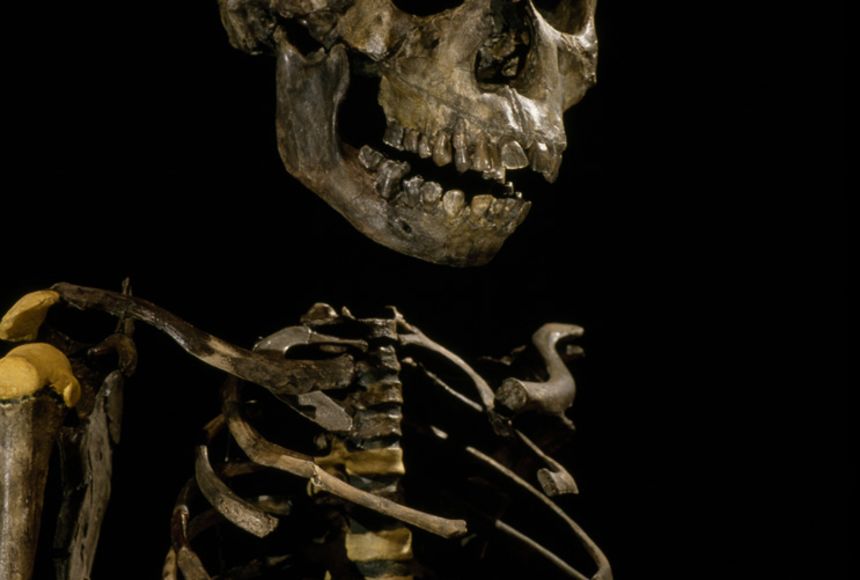In a 1970 feature, paleoanthropologist Richard Leakey chronicled his own dramatic discovery that cemented his place in the legendary Leakey family legacy. While surveying the vast, virtually trackless region east of Lake Rudolf (now Lake Turkana) in Kenya, Leakey and his team unearthed the nearly complete skull of an early hominid. The find, a specimen of Australopithecus boisei (now classified as Paranthropus boisei), was the same species his famous parents, Louis and Mary Leakey, had discovered a decade earlier at Olduvai Gorge. Leakey’s skull, however, was in a much more complete state and was later determined to be potentially 850,000 years older than the Olduvai find. This pivotal discovery confirmed the richness of the fossil deposits in the East Rudolf area and became a cornerstone for the modern understanding of human evolution.
The Serendipitous Discovery at East Rudolf
The fossil was found during the second season of Leakey’s expedition to explore the sediments east of Lake Rudolf, a vast and remote area in northern Kenya. Leakey, traveling inland from his base camp at Koobi Fora by camel, decided to stop and make camp at a small, rocky outcrop that had been sliced open by erosion. He even credited his camel, George, for the stop, as the animal had complained about the tiring march.

Walking along a dry stream bed the next morning, Leakey spotted a domed, grayish-white object lying on the sand. The object was the nearly complete skull of an early hominid. Its distinctive features—a bony sagittal crest atop the skull, enormous brow ridges, and a flat face—immediately marked it as an Australopithecus. The specimen, intact except for the teeth and lower jaw, closely resembled the A. boisei skull found by his parents, signifying a major triumph for the 25-year-old Richard Leakey and his team.
Unlocking Africa’s Richest Fossil Region
The discovery of the intact A. boisei skull was just one of the major achievements of the East Rudolf surveys, which were funded by the National Geographic Society. The expedition had been sparked by Leakey’s belief that the area along the ancient shores of the lake held even richer fossil grounds than the famous sites like Olduvai Gorge.

The team confirmed the existence of more than a thousand square miles of sedimentary deposits, possibly as old as four million years, that were littered with the bones of extinct animals. Leakey was certain that where great herds of animals lived, human ancestors must have lived, too. Along with the complete skull, the team also unearthed:
- A collection of what they believed to be the oldest stone tools ever unearthed at the time, similar to those found in the earliest levels at Olduvai.
- A fragmented skull that appeared much more manlike than any Australopithecus specimen, which excited Leakey greatly.
The East Rudolf area, now known globally for the fossil beds of Koobi Fora on Lake Turkana, was thus established as one of the most extensive and significant Pliocene-Pleistocene fossil regions known in all of Africa, providing countless chronicles of time and evolution.




